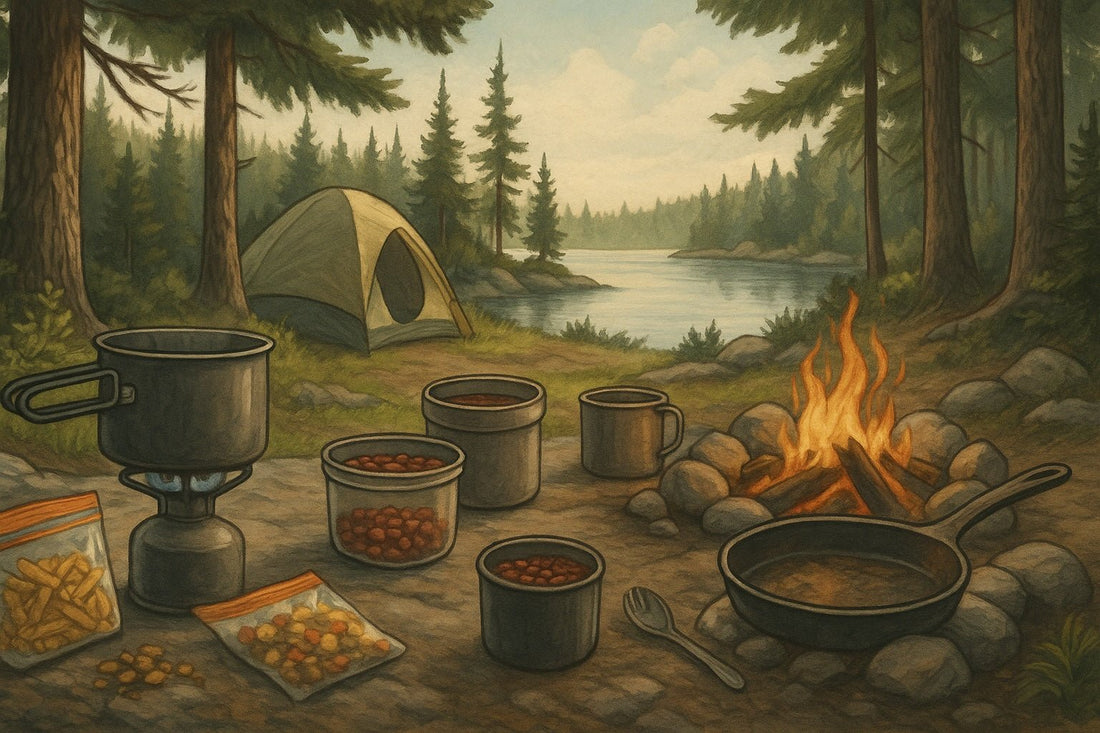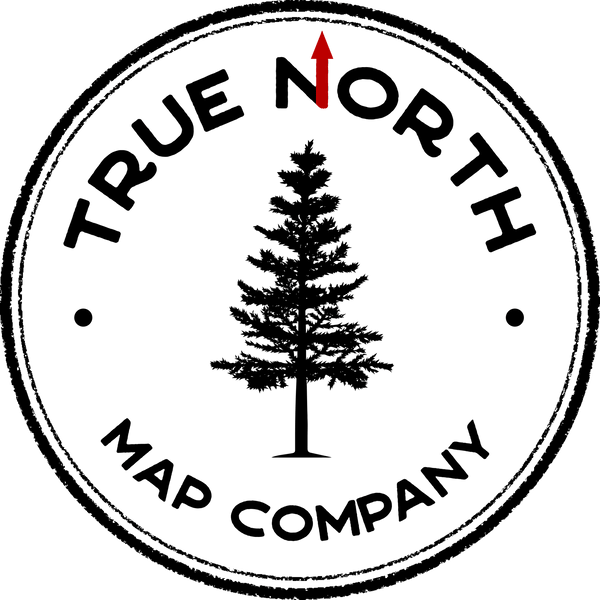
Backcountry Cooking: Approaches to Eating Well in Remote Places Like the Boundary Waters
Jerod ArlichShare
Introduction
When venturing into remote wilderness areas like the Boundary Waters Canoe Area Wilderness (BWCAW), food becomes more than just fuel—it’s part of the adventure. Backcountry cooking can be both satisfying and efficient, offering a variety of approaches for campers with different tastes, gear, and trip durations. Whether you’re a minimalist or a camp gourmet, the way you cook in the wild shapes your entire experience.
The Core Principles of Backcountry Cooking
Before diving into specific methods, it’s important to understand the essentials that guide every cooking style in the backcountry:
-
Lightweight and Compact: Every ounce counts when you’re carrying your kitchen on your back or in your canoe.
-
Low-Impact Cooking: Following Leave No Trace principles means minimizing fire use and packing out all waste.
-
Simple Preparation: Remote cooking should be quick and easy, requiring minimal cleanup and fuel.
1. Freeze-Dried and Dehydrated Meals
Best For: Ultralight campers, solo adventurers, and short trips
These ready-to-eat meals only require boiling water, making them ideal for those who prioritize convenience. They’re light, compact, and available in a wide range of flavors and nutritional profiles. Brands like Mountain House, Backpacker’s Pantry, and Good To-Go are favorites among backcountry travelers.
Pros:
-
No cleanup
-
Lightweight and space-efficient
-
Long shelf life
Cons:
-
More expensive
-
High sodium content
-
Requires reliable water and heat source
2. DIY Dehydrated Meals
Best For: Meal planners and budget-conscious campers
If you own a dehydrator, you can prepare your own backcountry meals at home. From chili to curry, dehydrated homemade meals allow you to control ingredients and nutrition. They’re especially great for those with dietary restrictions or a desire to avoid preservatives.
Pros:
-
Fully customizable
-
Healthier and often cheaper than store-bought meals
-
Fun prep at home
Cons:
-
Time-consuming to prepare
-
Requires planning and proper dehydration techniques
3. One-Pot Meals
Best For: Group trips, family camping, and food lovers
Using a single pot (or skillet), you can cook everything from pasta and rice dishes to soups and stews. Popular staples include mac and cheese, ramen with add-ins, couscous with tuna, or quinoa with dehydrated veggies.
Pros:
-
More meal variety
-
Comfort food options
-
Efficient on fuel and space
Cons:
-
More cleanup
-
Heavier food options
-
Requires more water and longer cook times
4. Cold-Soak Meals
Best For: Ultralight hikers and no-stove adventurers
Cold-soaking involves hydrating foods like instant oats, ramen, couscous, or dehydrated beans with cold water over time. It eliminates the need for a stove, fuel, or pot, which is great for gram-counting hikers.
Pros:
-
No cooking gear or fuel needed
-
Lightweight and simple
-
Perfect for fire-ban areas
Cons:
-
Limited to specific foods
-
Texture may not appeal to everyone
-
Requires pre-planning
5. Campfire Cooking
Best For: Traditionalists and base campers
While campfires should be used sparingly and only where permitted, they offer a nostalgic and rewarding cooking experience. From foil packet dinners to bannock bread, fire cooking connects campers to the heritage of wilderness travel.
Pros:
-
No need to carry fuel
-
Great for grilling and baking
-
Adds flavor and atmosphere
Cons:
-
Fire restrictions and environmental concerns
-
Time-consuming and messy
-
Not allowed in some areas of the BWCAW
6. Stove Cooking with Modular Setups
Best For: Long-distance trippers and gourmet backcountry chefs
Camp stoves like Jetboil, MSR WhisperLite, or alcohol stoves allow for efficient, controlled cooking. For groups or longer trips, some campers even bring nested pot sets, spice kits, and multiple burners.
Pros:
-
Versatile and fuel-efficient
-
Works in almost all weather conditions
-
Allows for complex meals
Cons:
-
Heavier gear
-
Requires fuel management
-
More gear to clean and pack
Packing and Prep Tips for Backcountry Meals
-
Plan Every Meal: Create a day-by-day meal plan to avoid overpacking.
-
Use Resealable Bags: Portion meals into labeled zip bags for easy cooking.
-
Pre-Mix Ingredients: Save time and space by combining dry ingredients before the trip.
-
Double-Duty Ingredients: Items like instant rice, bouillon, and powdered milk work in multiple recipes.
-
Don’t Forget Snacks: Trail mix, jerky, and energy bars keep you fueled between meals.
Conclusion
Backcountry cooking isn’t one-size-fits-all. From ultralight cold-soakers to adventurous campfire chefs, every camper has a style that fits their goals, group size, and trip duration. The Boundary Waters offers the perfect backdrop to try new approaches, refine your skills, and savor the rewards of eating well in the wild.
